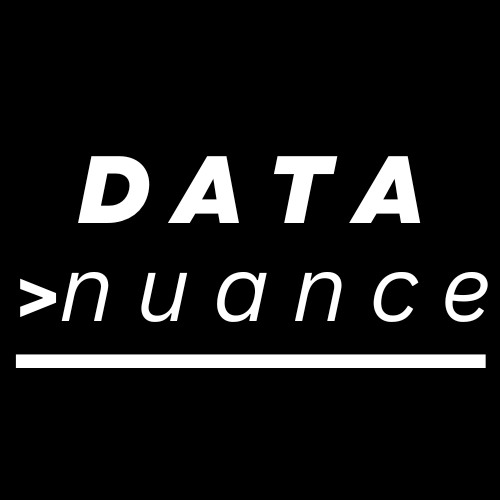Appeal and Alternative Dispute Resolution under the Digital Personal Data Protection Act, 2023
Comprehensive guide to the appellate framework and alternative dispute resolution mechanisms established under the DPDP Act for resolving data protection disputes.
The Digital Personal Data Protection Act, 2023 establishes a comprehensive framework for resolving disputes related to data protection violations. This framework includes both formal appellate mechanisms and alternative dispute resolution processes designed to provide efficient and accessible remedies for all stakeholders.
The Appellate Framework
The DPDP Act establishes a structured appellate system to ensure that decisions made by the Data Protection Board can be challenged and reviewed through proper legal channels. This system provides multiple levels of review to ensure fairness and accuracy in decision-making.
Any person aggrieved by an order of the Data Protection Board may prefer an appeal to the Appellate Tribunal within such period and in such manner as may be prescribed. The Appellate Tribunal has the power to:
- Review decisions made by the Data Protection Board
- Examine the evidence and legal reasoning behind Board decisions
- Modify, reverse, or uphold the Board's orders
- Provide appropriate remedies to aggrieved parties
The Act provides for further appeal to the High Court against orders of the Appellate Tribunal. This ensures that:
- Complex legal questions can be resolved by higher judicial authorities
- Constitutional and fundamental rights issues receive appropriate attention
- Consistency in legal interpretation is maintained across jurisdictions
- Final recourse is available for significant disputes
Alternative Dispute Resolution Mechanisms
Recognizing that formal litigation may not always be the most efficient or cost-effective means of resolving data protection disputes, the DPDP Act encourages alternative dispute resolution (ADR) mechanisms. These provide faster, more flexible, and often more collaborative approaches to resolving conflicts.
Mediation involves a neutral third party who facilitates discussions between disputing parties to help them reach a mutually acceptable resolution.
- Faster resolution
- Cost-effective
- Preserves relationships
- Confidential process
Arbitration involves one or more neutral arbitrators who make binding decisions after hearing arguments from all parties.
- Binding decisions
- Expert arbitrators
- Flexible procedures
- Limited appeals
🤝 Collaborative Resolution
The Act encourages parties to explore collaborative resolution mechanisms before resorting to formal legal proceedings. This approach often leads to more satisfactory outcomes for all parties involved and helps maintain ongoing business relationships.
Grievance Redressal Hierarchy
The DPDP Act establishes a clear hierarchy for grievance redressal, ensuring that disputes are addressed at the appropriate level and that parties have multiple avenues for seeking resolution.
Data Fiduciary Level
Initial grievance handling by the organization processing personal data
Data Protection Board
Regulatory authority for unresolved complaints and violations
Appellate Tribunal
First level of appeal against Board decisions
High Court
Final appellate authority for complex legal matters
Time Limits and Procedures
The DPDP Act and its rules establish specific time limits and procedures for filing appeals and conducting dispute resolution processes. These provisions ensure timely resolution of disputes while providing adequate opportunity for all parties to present their cases.
⏰ Key Time Considerations
- • Appeals must be filed within prescribed time limits (as specified in rules)
- • Appellate authorities must dispose of appeals within reasonable timeframes
- • ADR processes should be completed expeditiously to maintain their effectiveness
- • Extensions may be granted in exceptional circumstances with proper justification
Best Practices for Dispute Resolution
To maximize the effectiveness of the dispute resolution framework under the DPDP Act, stakeholders should consider the following best practices:
- • Exhaust internal grievance mechanisms first
- • Maintain detailed records of communications
- • Consider ADR before formal proceedings
- • Seek legal advice for complex matters
- • Establish robust internal grievance systems
- • Respond promptly to complaints
- • Document all resolution efforts
- • Engage constructively in ADR processes
Conclusion
The appeal and alternative dispute resolution framework under the DPDP Act represents a comprehensive approach to resolving data protection disputes. By providing multiple avenues for resolution—from internal grievance mechanisms to formal appellate procedures—the Act ensures that all stakeholders have access to appropriate remedies.
The emphasis on alternative dispute resolution mechanisms reflects a modern approach to conflict resolution that prioritizes efficiency, cost-effectiveness, and collaborative problem-solving while maintaining the option for formal legal proceedings when necessary.
Related Resources
Need Expert Guidance on DPDPA Dispute Resolution?
Get personalized advice on navigating appeals, grievance mechanisms, and alternative dispute resolution under the DPDP Act.
